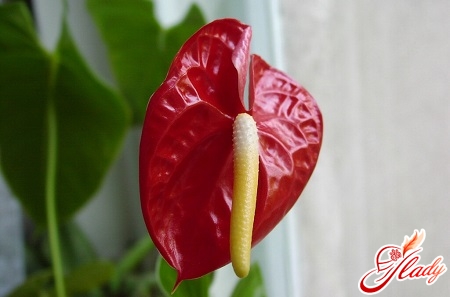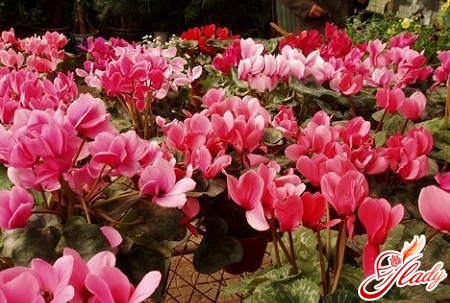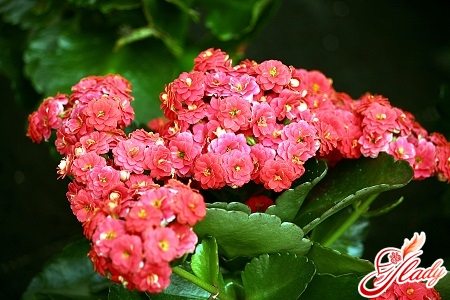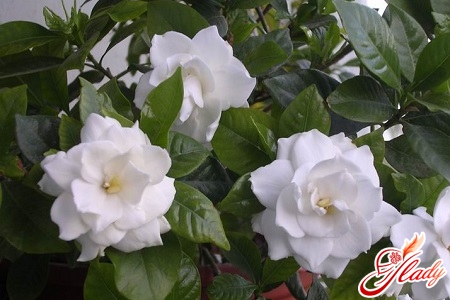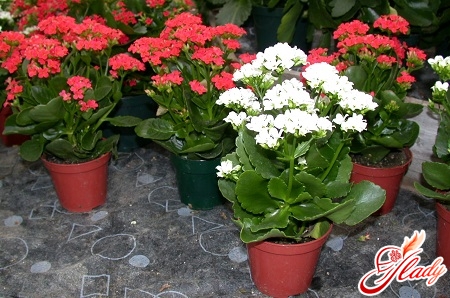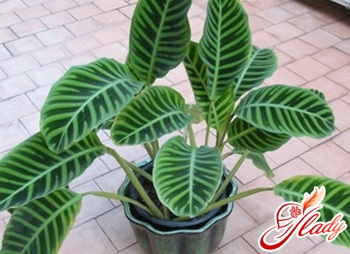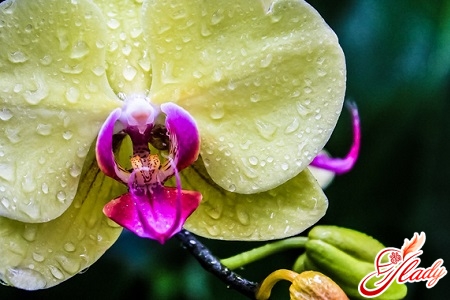 The Orchid family is considered one of the mostnumerous on the planet. Plants of this species can be found in almost every corner of the Earth, except perhaps Antarctica. The most favorite habitat of orchids are tropical forests. There are thousands of varieties of this plant and more than a hundred thousand artificial and natural hybrids. All orchid plants are divided into three groups: epiphytic, terrestrial and saprophytic. Air orchids (epiphytes) are the most numerous group. They grow on trees, receiving from them the substances necessary for development. Epiphytes consume moisture from the air, using aerial roots. Saprophytes are the smallest species. They do not have leaves, feed on decomposing organic matter of other plants. Breeding this species is not of interest to ordinary gardeners. Only true collectors and connoisseurs of orchids are interested in it. Many types of epiphytes are suitable for home cultivation, but novice gardeners should opt for hybrids created specifically for indoor conditions. Such plants are easier to care for, they adapt faster, bloom more abundantly and longer. In this article, we will talk about indoor types of this plant, and also pay special attention to orchid care. But first, let's figure out how to choose the right orchid for home conditions.
The Orchid family is considered one of the mostnumerous on the planet. Plants of this species can be found in almost every corner of the Earth, except perhaps Antarctica. The most favorite habitat of orchids are tropical forests. There are thousands of varieties of this plant and more than a hundred thousand artificial and natural hybrids. All orchid plants are divided into three groups: epiphytic, terrestrial and saprophytic. Air orchids (epiphytes) are the most numerous group. They grow on trees, receiving from them the substances necessary for development. Epiphytes consume moisture from the air, using aerial roots. Saprophytes are the smallest species. They do not have leaves, feed on decomposing organic matter of other plants. Breeding this species is not of interest to ordinary gardeners. Only true collectors and connoisseurs of orchids are interested in it. Many types of epiphytes are suitable for home cultivation, but novice gardeners should opt for hybrids created specifically for indoor conditions. Such plants are easier to care for, they adapt faster, bloom more abundantly and longer. In this article, we will talk about indoor types of this plant, and also pay special attention to orchid care. But first, let's figure out how to choose the right orchid for home conditions.
Choose your orchid
So where should you start?No, not with a trip to the store, as many of you thought. You need to start by studying the conditions that you can provide this tropical beauty: the presence of both sunny and shaded rooms, an open balcony or veranda where the plants can be in the warm season, as well as the level of humidity and air temperature in your apartment in winter. Based on these conditions, you can choose your flower from many popular varieties. Dendrobium, Cattleya, Vanda, Oncidium - these species prefer bright and diffused lighting, but do not tolerate direct sunlight. Eastern and western windows are best suited for them. The southern windowsill is also suitable if you cover the flower from ultraviolet radiation at midday. Cymbidium, Miltonia - these species love less bright lighting, direct sunlight is completely contraindicated. They will grow well in places where it is light only in the first half of the day. Phalaenopsis (butterfly) and Paphiopedilum (Venus slipper) - do not tolerate too bright lighting. Slightly shaded places with diffused light are suitable for them. It is better to grow them not on windowsills, but in the back of the room, as far as possible from direct sunlight. It is worth noting that the most suitable orchids for home conditions are Phalaenopsis and Dendobium. They bloom profusely and for a long time, sometimes (with proper care) twice a year. These groups include many varieties, so the final choice should be made based on the advice of store consultants or by studying the annotation on the package. Hybrids are usually slightly more expensive than species orchids, but they are also easier to care for, since they are more adapted to life at home.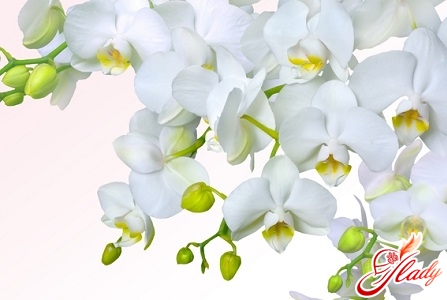
Terms of purchase
The conditions are set - you can buyplant. It is best to do this in special nurseries. This is where orchids are bred according to all the rules, and the employees can give you complete information about their maintenance. If there is no such greenhouse in your city, a simple flower shop will do. But there are some nuances here: the buying process will require more attention from you. So, how to choose the right indoor orchid? First, pay attention to the inflorescences. They should be fresh, just blossomed. It is not recommended to buy a fading orchid (especially for beginners), since it will be more difficult to care for it. A healthy plant has brightly colored buds, elastic green or reddish-green leaves (without spots or yellowness), and a fleshy root system of a whitish-green color. It is easy to check the roots, since orchids are sold in transparent pots. Ask the seller to pack the selected flower well to protect it from sudden changes in temperature and other weather conditions. When you get home, check the soil - if it is dry, water the plant well with clean water at room temperature. In order for the orchid to successfully acclimatize and its cultivation will not cause you any special problems, place the flower in a shady and well-ventilated room for 2-3 days. Then you can "settle" the plant in a permanent place of residence.
Care of orchids. What difficulties await the florist?
In order to achieve growth and floweringорхидеи домашней, необходимо правильно за ней ухаживать. Стоит учесть, что выращивание данного растения до цветения и после него немного отличается. Давайте рассмотрим все принципы ухода за ним. Надеемся, что наши советы помогут вам вырастить красивый и здоровый цветок. Освещение Данный фактор является основным в выращивании орхидеи. Именно он определяет время и обильность ее цветения. Если света недостаточно, растение не получит нужное питания и может никогда не выбросить бутоны. А вот при слишком интенсивном освещении цветы домашней орхидеи получат ожоги, вследствие чего она погибнет. Выше мы уже рассказали о принципах освещения для самых популярных комнатных орхидей. Но, чтобы уход за орхидеями не доставлял особых проблем, не лишним будет посоветоваться с продавцом или следовать аннотации, которая прилагается к растению при покупке. Запомните, если орхидее не хватает света — ее листья темнеют. Если же освещение избыточное — листья желтеют и сохнут. Правила полива В содержании растения вторым по значимости является правильный полив. Для роста и обильного цветения орхидеи в домашних условиях, нужно точно определить соотношение влажности и света. Стоит отметить, что в природе орхидеи не находятся в воде длительное время, поскольку их корневая система не переносит застоя влаги, а также солей, которые в избытке в ней присутствуют. Каждой из орхидей требуется свой полив. Например, фаленопсисы и цимбидиумы хорошо себя чувствуют во влажном грунте. И влажность эта должна быть постоянной. А вот дендробиумы и каттлеи не любят чрезмерный полив, поэтому водные процедуры для них необходимо проводить после полного просыхания почвы. На полив (в основном на его частоту) влияют многие факторы. Это и освещение, и сухость воздуха, и температура в помещении, и размер горшка. Вообще, орхидеи более снисходительны именно к пересыханию, а не к переливу. На недостаток влаги растение реагирует чуть повядшими листьями и сморщенными псевдобульбами, которые приходят в норму, как только цветок насытится водой. А вот переувлажнение чревато засыханием листьев и гниением корней — избавиться от такой напасти будет довольно сложно. Обильный полив нужен орхидеям лишь в фазе активного роста и во время цветения. После этого наступает период покоя и полив сокращают. Зимой водные процедуры тоже умеренные. Здесь нужно отталкиваться от интенсивности освещения и температуры: чем темнее и прохладнее в комнате, тем реже растению требуется влага. Правильный полив орхидеи происходит способом погружения: нужно оставить ее в емкости с теплой водой на 15-20 минут. После этого лишнюю воду необходимо слить, дать цветку переночевать в затененном помещении (без сквозняков) и вернуть на постоянное место жительства. Помимо погружения можно использовать теплый душ. Напор воды должен быть не сильным, иначе вы повредите растение. Полив осуществляется до тех пор, пока грунт полностью не промокнет. При этом излишки воды должны выйти из дренажных отверстий в горшке. Подбираем горшок и субстрат Идеальным для эпифитных орхидей (например, фаленопсисов) считается тот грунт, который способен сохранять влагу вокруг корневой системы по минимуму, не допуская загнивания, и пропускать нужное количество воздуха. Такой грунт существенно облегчит выращивание. Его можно приобрести в специализированных магазинах. Грунт состоит из коры, мха, древесного угля, гранулированной глины и песка с частицами вермикулита или перлита. Садовая земля в субстрате для эпифитов отсутствует совсем. В качестве емкости для пересадки лучше всего использовать проволочные кашпо, корзины или сетки, способные удерживать грунт внутри. Для наземных орхидей (к которым относятся цимбидиумы) субстрат готовится из тех же элементов с добавлением небольшого количества дерновой земли и сухих листьев. Горшок лучше всего использовать прозрачный, сделанный из пластика и имеющий отверстия для слива воды. Так вы сможете постоянно следить за состоянием корней, будете уверены, что в субстрате не задерживается лишняя влага. А значит — полив будет производиться по всем правилам. Температура воздуха Домашние виды орхидей, описанные выше, чувствуют себя прекрасно при умеренной температуре: днем — 18-25 градусов, ночью — 13-22 градуса. Кстати, именно разница между ночным и дневным содержанием является необходимой для цветения. Поэтому, если ваша квартира подключена к централизованному отоплению, постарайтесь обеспечить цветку более прохладное содержание в ночное время суток. Случается и так, что перенос орхидеи из тепла в прохладу служит своего рода стимулятором для выброса цветоносов и продолжительного цветения. Стоит отметить, что многие виды орхидей нормально переживают несущественные отклонения от нужной температуры. Только не забывайте регулировать и полив: при понижении градуса — сокращайте его, а при повышении — увеличивайте. Циркуляция и влажность воздуха Орхидеи любят помещения с высокой влажностью воздуха — 60-80 процентов. Если ваша квартира не подходит под данные показатели, создайте нужную влажность искусственно. Для этого возьмите специальный поддон с решеткой (приобрести его можно в цветочном магазине) налейте туда воды, после этого на решетку уложите слой керамзита. Данную конструкцию необходимо установить непосредственно под горшком с орхидеей. Главное, чтобы корни растения не касались воды. В жаркую погоду нужно опрыскивать листья из пульверизатора. Во время цветения опрыскивание лучше прекратить или же увлажнять только воздух вокруг цветка. Процедуру следует проводить утром и днем, чтобы листики и стебель успели полностью просохнуть до наступления ночи. Запомните, орхидеи не переносят сквозняки! Однако легкая циркуляция воздуха им не повредит. Если комната, где живет цветок, совсем не проветривается, можно периодически включать в ней вентилятор со слабым мотором. Особенно важно проветривание для цимбидиумов, поскольку они считаются наиболее холодолюбивыми орхидеями. И запомните, включили вентилятор — увеличьте полив. Как подкармливать орхидеи? Для частого и обильного цветения орхидею необходимо удобрять. Делать это нужно регулярно — примерно раз в две недели. Лучше всего купить специальные удобрения, которые предназначены именно для этих растений, и использовать их строго придерживаясь инструкции. Не используйте подкормки, которые не предназначены для орхидей! Это может привести к болезням и даже к гибели растения. С наступлением периода покоя (после цветения) и холодов, количество удобрений необходимо уменьшить — раз в месяц будет вполне достаточно. Правила пересадки Вопреки сложившемуся мнению, пересадка орхидеи осуществляется вовсе не из-за разросшейся корневой системы. Сигналом к переселению служит зеленая масса, сильно выступающая за пределы горшка. Пересадка противопоказана во время цветения. Лучше всего делать ее сразу после периода покоя — в самом начале нового роста. Итак, правила пересадки:
- To begin with, very carefully, trying not to damage the roots, we pull the flower out of the ground;
- If necessary, cut the pot;
- After you shake off the roots of the old earth and bark and clean (better sterilized) scissors, remove all damaged and decayed areas;
- Prepare a container for transplantation, it should be two sizes larger than the previous one;
- At the bottom place a small layer of fresh soil, exactly in the middle put a flower and fill the pot with the remaining substrate;
- It must evenly fill the space between the roots;
- There is no need to compact the mixture too much - just press it down lightly;
- After that, water and put the plant in a shaded place for 2-3 days. This is necessary for rapid and successful rooting.
That's it - the transplant is complete.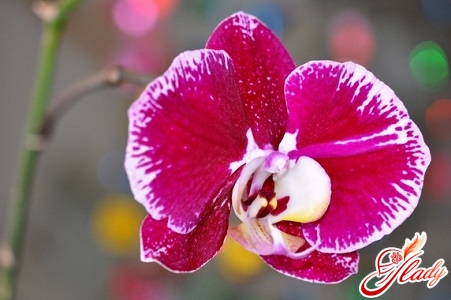
Reproduction at home
It is generally accepted that the reproduction of thisplant - an activity that only experienced gardeners can do. In fact, there is nothing complicated in this process. So that you can verify the truth of these words, let's take a closer look at what orchid flower propagation is, and also pay attention to the rules for caring for babies. Reproduction by bulbs Most often, a home orchid is propagated by dividing the rhizome. It is important that at this time your flower has already grown enough and is completely healthy. The best time for this process is the beginning of spring. So, where to start propagation? First of all, you need to take the flower out of the pot and clean the roots from the soil. Then take a sharp and disinfected knife and cut the rhizome strictly between the false bulbs. To prevent the young plant from catching an infection, the cuts must be treated with crushed charcoal. Next, the babies are transplanted into new pots. The young plants require abundant watering and time to acclimatize. Apical cuttings Some orchid varieties, such as the Vanda species, are propagated by cuttings. This plant grows from the apical point, without forming pseudobulbs. Propagation begins with cutting the top shoot (damaged areas are also sprinkled with charcoal). After that, the finished cutting is placed in a pot with substrate, the cut part should be in the ground. Now the plant needs watering and a couple of days in a shaded place. You need to care for a young orchid in the same way as an adult. Propagation by lateral shoots Orchids belonging to the Phalaenopsis and Dendrobium species form lateral shoots, with the help of which propagation occurs. As soon as you notice that the plant has released a baby, increase watering and spray it more often. This is necessary for the shoot to get stronger, grow and form its own roots. As soon as this happens, the baby is separated from the mother plant. Transplantation into a separate pot is carried out only after processing the cuts with charcoal. Wait until the flower produces new leaves, and you can consider that the propagation was successful. As you can see, there are no special secrets to growing an orchid at home. The main thing is to choose the optimal care for the plant and, of course, pay enough attention to it. After all, flowers are also living creatures that need your love and care. Believe me, they will definitely thank you with abundant and long flowering!




